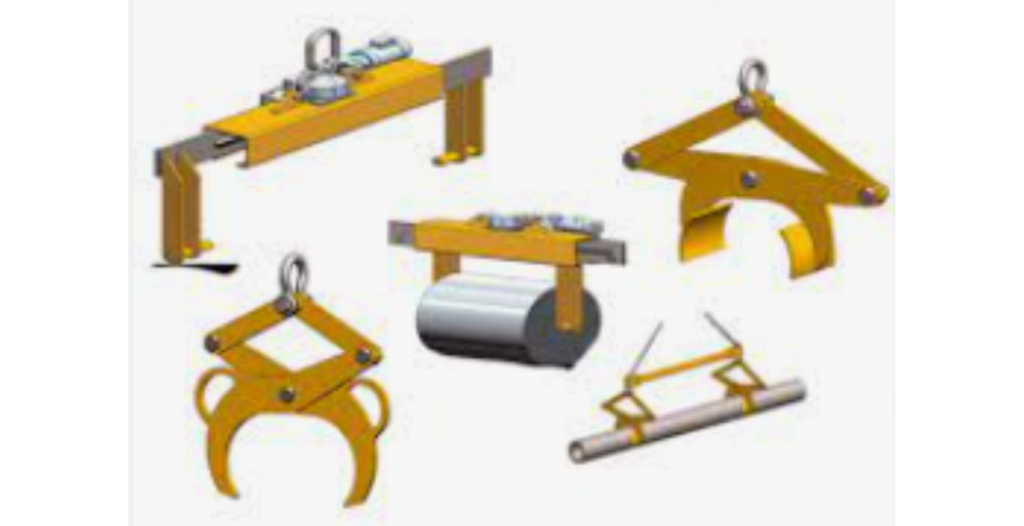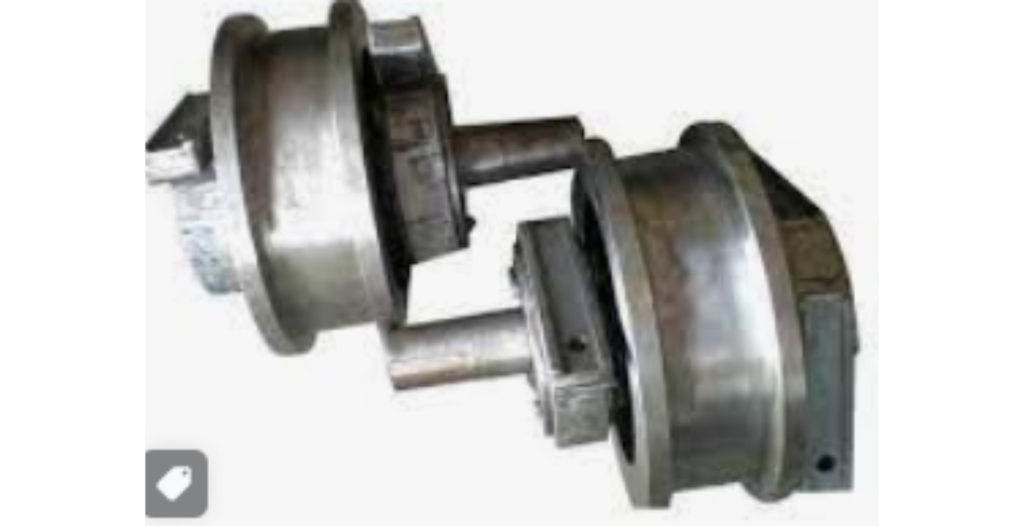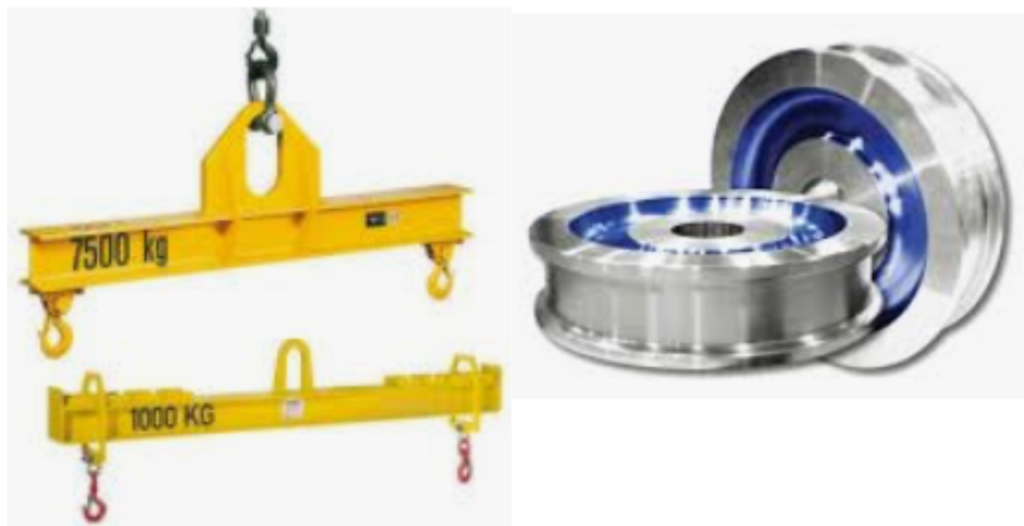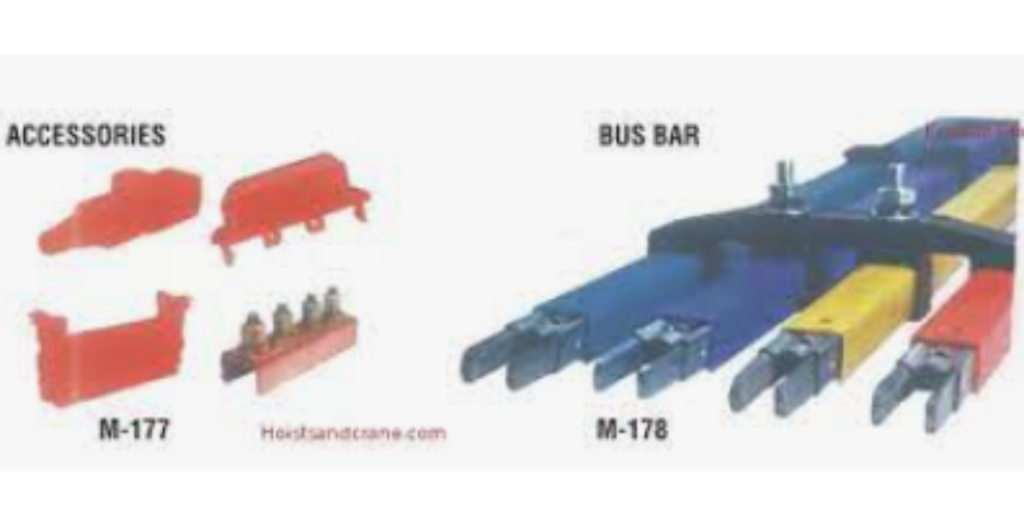CRANES & COMPONENTS TECHNOLOGY & PRODUCTS
|
Crane Accessories are supplementary components or attachments that enhance the functionality, safety, and versatility of cranes. These accessories are designed to accommodate various lifting and material handling requirements in different industries and applications. In this detailed overview, we will discuss the key aspects of crane accessories, including their working principles, advantages, disadvantages, applications, materials of construction (MOC), and provide a summary. |
| 1. Working Principles: Crane accessories are diverse, and their working principles vary depending on their specific functions. Here are some common types of crane accessories and their working principles: |
| Hook Blocks: Hook blocks are used to provide multiple attachment points for lifting loads. They consist of multiple sheaves (pulleys) and a hook, allowing the crane to lift loads at different angles and configurations. |
| Lifting Magnets: Lifting magnets use electromagnetic principles to attract and hold ferrous (iron-based) materials. When electricity flows through the magnet coils, they create a magnetic field that can be turned on and off to lift and release loads. |
| Spreader Beams: Spreader beams are used to distribute the load’s weight evenly across multiple attachment points. They prevent the load from tilting or swinging during lifting operations. |
| Rotating Hooks: Rotating hooks allow the load to rotate freely, minimizing the risk of the load getting stuck or tangled during lifting. |
| Load Cells: Load cells are used to measure the weight of the load being lifted. They work on the principle of strain gauges, which change resistance when subjected to force, providing an accurate weight reading. |

| 2. Advantages: |
| Enhanced Versatility: Crane accessories extend the capabilities of cranes, allowing them to handle a wide range of loads and materials. |
| Improved Safety: Accessories like load cells and spreader beams help distribute loads evenly, reducing the risk of accidents or load instability. |
| Increased Efficiency: Accessories such as lifting magnets and hook blocks enable faster and more efficient material handling. |
| Precise Load Measurement: Load cells provide accurate weight measurements, crucial for safe lifting operations. |
| Customization: Crane accessories can be selected and customized to meet specific lifting requirements and applications. |

| 3. Disadvantages: |
| Cost: Some crane accessories can be relatively expensive, adding to the overall cost of crane operation. |
| Complexity: Certain accessories, such as electromagnetic lifting magnets, may require specialized training for safe and effective use. |
| Maintenance: Accessories require regular inspection and maintenance to ensure they function correctly and safely. |
| Compatibility: Not all crane accessories are compatible with every type of crane, so compatibility must be carefully considered. |

| 4. Applications: Crane accessories are used across various industries and applications, including but not limited to: |
| Construction: In construction sites for lifting and positioning heavy construction materials. |
| Manufacturing: In manufacturing facilities for handling and moving products and materials. |
| Shipping and Ports: In ports and shipyards for loading and unloading cargo from ships and containers. |
| Aerospace: For lifting and handling aircraft components during assembly and maintenance. |
| Mining: In mining operations for transporting and lifting materials. |
| Warehousing: For efficient material handling in warehouses and distribution centers. |

| 5. Materials of Construction (MOC): The materials used in crane accessories vary depending on the specific accessory and its intended application. Common materials include: |
| Steel: Steel is frequently used for the construction of crane accessories due to its strength and durability. |
| Electrical Components: Accessories with electrical components may use materials such as copper for conductors and insulation materials for safety. |
| Magnets: Magnetic materials like neodymium, iron, and steel are used in lifting magnets to create strong magnetic fields. |

| 6. Summary: Crane accessories are supplementary components or attachments designed to enhance the functionality, safety, and versatility of cranes in various industrial applications. They work on different principles depending on their specific functions, offering advantages such as increased versatility, safety, efficiency, precise load measurement, and customization. However, they can add to the cost of crane operations, may require specialized training, and need regular maintenance. Crane accessories find applications in construction, manufacturing, shipping, aerospace, mining, warehousing, and more, with materials chosen based on specific requirements and industry standards. Careful consideration of compatibility and safety is essential when selecting and using crane accessories. |


 Sales & Marketing:
Sales & Marketing:  Service Supports:
Service Supports:  Website:
Website: 